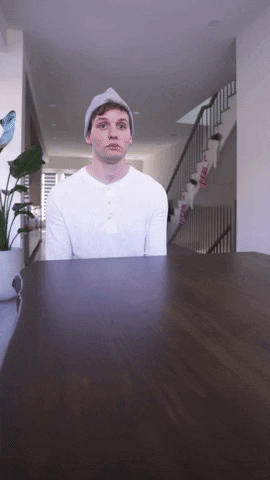#231 - How to be a VFX Editor

What does a VFX editor do?
To put it simply, they are the link between Editorial and VFX.
It’s our job to track all visual effects coming into the movie and all those getting cut from the movie and then passing that information on to VFX Production and Vendors.
A VFX editor also tends do do initial drafts of visual effects shot in order to help tell the story.
Most directors don’t want to look at green screens when reviewing cut sequences so it’s usually our job to bring the shot to life in draft form to give a better visual representation of the intended shot.
On some movies there will also be PreVis, so then it’s a case of orchestrating PreVis and how the footage being shot by production relates and tying those together to make them work in the editor’s cut.
— Ben Mills, VFX Editor and 1st Assistant Editor
On larger gigs it's not uncommon to have a dedicated VFX editor (or two) to handle the huge volume of VFX shots, visible and invisible, that many modern productions require.
Over the years, VFX Editor Ben Mills has been hugely generous in sharing his insights on working as a VFX editor on massive 'tent-pole' productions such as the Mission Impossible and Kingsman franchises. So shout out to him.
As far as I can tell being a VFX editor seems* to be a potential stepping stone to 1st Assistant Editor up from 2nd Assistant but I'm sure there's no hard and fast rules about this.
(*correct me if I'm wrong)
In this issue of Cut/daily I wanted to share three excellent resources to arm you with valuable information about what a VFX Editor does and how to do it too.
